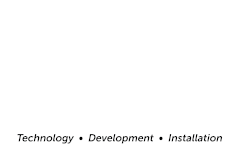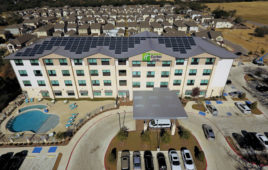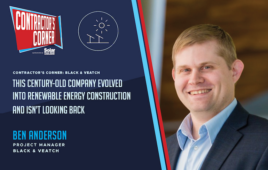 Although the Green New Deal may be a polarizing concept driving a wedge between Democrats and Republicans, solar power alone is not. Support for solar across the country is growing increasingly bipartisan. The U.S. Chamber of Commerce’s Global Energy Institute (GEI) released a poll that showed 73% of voters support a “cleaner, stronger” energy agenda that uses more American energy and continues environmental progress, while just 21% of voters support the Green New Deal.
Although the Green New Deal may be a polarizing concept driving a wedge between Democrats and Republicans, solar power alone is not. Support for solar across the country is growing increasingly bipartisan. The U.S. Chamber of Commerce’s Global Energy Institute (GEI) released a poll that showed 73% of voters support a “cleaner, stronger” energy agenda that uses more American energy and continues environmental progress, while just 21% of voters support the Green New Deal.
Conservatives for Clean Energy (CCE) recently conducted its fifth annual statewide survey of 600 voters in North Carolina to learn about public attitudes on energy issues. The results found 85% of voters, including 76% of Republicans, are more likely to support candidates for public office who support renewable energy options. It also found 77% of voters, including 66% of Republicans and 71% of unaffiliated voters, believe solar and wind energy represent technological advances in energy production and should be expanded to help meet North Carolina’s future energy needs.
“Technology is changing our society, and voter attitudes reflect that,” said Mark Fleming, CCE president and CEO, in a statement. “Renewable energy, competition and consumer choice are clear priorities for North Carolina residents. This survey shows that these same voters want elected officials to enact pro-renewable, pro-competition policies.”
 In its December 2018 study, “Energy in the American Mind,” Yale University found strong bipartisan support for requiring utilities to use 100% clean energy. It also found a majority of Americans think transitioning to clean energy will benefit the economy, and that conservative Republican support for renewable energy research has increased by 30% in the past five years.
In its December 2018 study, “Energy in the American Mind,” Yale University found strong bipartisan support for requiring utilities to use 100% clean energy. It also found a majority of Americans think transitioning to clean energy will benefit the economy, and that conservative Republican support for renewable energy research has increased by 30% in the past five years.
Bipartisan bills that favor solar reflect voter attitudes. Pennsylvania is working on a bipartisan bill to open up the state’s community solar market. The South Carolina House of Representatives unanimously passed a landmark energy bill that would expand solar in the state on a bipartisan vote. California is working on a bipartisan Solar Bill of Rights to ensure California consumers can invest in solar without penalties and interference from utilities.
From sea to shining sea, it seems both sides of the aisle can agree on solar power’s benefits. As the task of solving climate change becomes more and more urgent, bipartisan agreement on solar’s important role in America’s energy mix will likely become even more common.





I’ve used solar PV in two homes now over the last 14 years. I have found personal discoveries and have run across several lies promoted by the electric industry itself. I have found the claim of direct southern facing solar PV is the “best” installation. My first solar PV system’s home had a ridge running North and South. The roof actually sloped East and West. With the proper insolence data from a solar PV installer, it was determined splitting the panels on the East and West sloping roof with 21% more panels installed from a due south facing array would do the trick. Did it, and how. My solar PV production each day in the summer months was from 12 to 14 hours of usable generation and 6 to 8 hours of usable solar PV production in the winter months. Even during those gray days of winter, the solar PV generated enough power to run the home during the daylight hours. Winter power production was in the most part an ‘electricity credit’ every day, the summer months electric bills were taken care of by the winter generation credits, usually in July and August I would have a $60 to $80 dollar electric bill for these months.
My biggest surprise was when I had to replace the 20 year old HVAC with the most energy efficient units at the time. My electricity demand fell for the whole year and my energy credits started to add up to a credit that allowed, NO MORE electric bill for the next several years. When I sold that house, the electric utility refunded money to me.
My home now has a system that has twice the kWh peak production of the old system. Because this home was not my primary residence at the time, I did not get to use the 30% ITC and yet this new system cost the same as the old system installed in 2005 on the old home. At that time the Federal Government allowed a Federal tax credit of $2,000 capped. This is how much solar PV installation and system cost has dropped since 2005. Now we are looking at residential energy storage that can be used to store more over generation from one’s system during the day, that can be shifted to after sundown to use at night.
The race is on, now one who wants to adopt solar PV can actually (overdesign) their system, take the excess solar generation during the day and store it in a ESS that can use the stored energy at night to run the home. This self-consumption is the next big thing in solar PV adoption for one’s home or business. The smart hybrid inverters can also be programmed to take off peak or super off peak electricity and charge the battery for the early morning hours when the solar PV isn’t generating usable power until later in the morning.